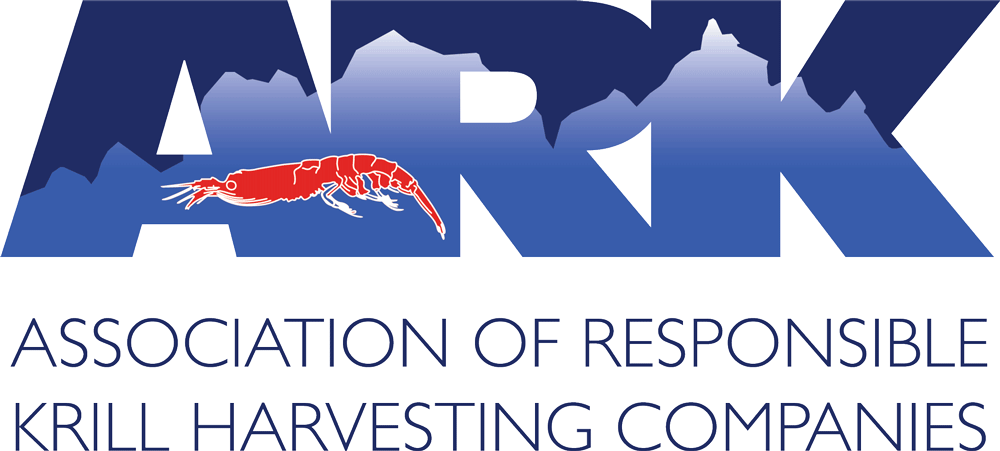South Orkney Krill Monitoring Program
South Orkney krill monitoring program
The Norwegian Institute for Marine Research (IMR) and Aker BioMarine started the project ‘Antarctic krill and ecosystem monitoring survey off the South Orkney Islands’ in 2011. The main objective is to provide a baseline on krill abundance and demography around the South Orkney Islands for understanding population dynamics, the impact of environmental change, and potential effects on other components of this ecosystem.
FV Saga Sea and her crew has been a key partner on this research effort.
Every summer (January—February) since 2011, IMR has conducted an acoustic survey around the South Orkney Islands to estimate krill biomass and distribution, complemented with net samples at specific stations, to assess krill demography.
Results to date, which have been presented at CCAMLR meetings, have allowed a description of the temporal variation in krill demography and identified krill hotspots around the South Orkney Islands. Most importantly, the research has provided a biomass estimate for the northern section of the surveyed area.
The results suggest that at the South Orkney Islands, there is considerable interannual fluctuation of krill biomass, similar to that observed around the South Shetland Islands.
The study has also provided complementary information on penguin and whale distribution around the South Orkney Islands. Penguins seem to be present all around the islands. By contrast, fin whales are particularly abundant in the north–northwest of the South Orkney Islands, overlapping with the fishery.
Fin whales are a common species at the main fishing ground NW of Coronation Island.
Some publications resulting from this research effort are provided below:






